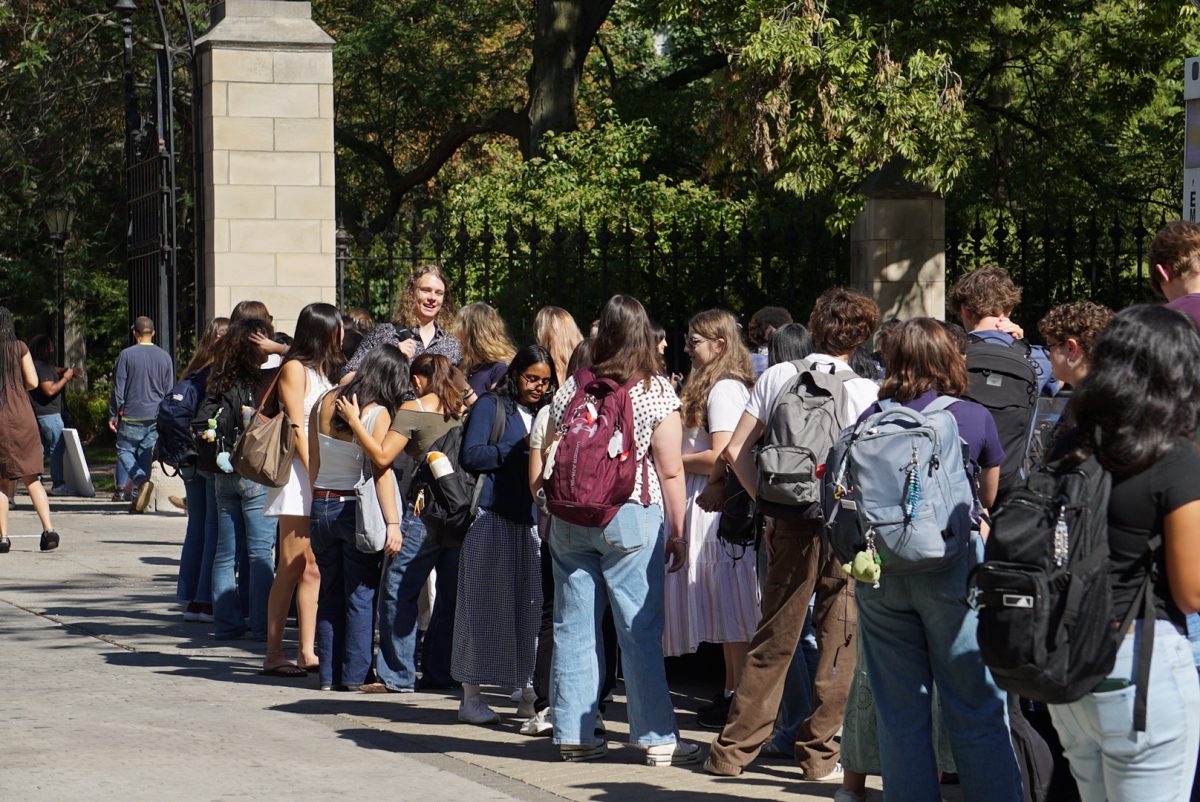The recent discovery of the elusive “God particle” has done wonders for modern science, said physics professor Mark Oreglia at a talk on the Higgs Boson particle Tuesday night.
Oreglia worked on the ATLAS particle detector at the European Organization for Nuclear Research (CERN), where the Higgs was discovered by a team of international scientists this summer.
He compared the magnitude of the discovery to that of quarks, which compose protons and neutrons, saying it “completely transforms particle physics.”
The Higgs Boson is thought to give mass to all other particles and, essentially, all matter. He cited the 1993 prize-winning explanation of his colleague, David Miller, who asked people to imagine the Higgs by thinking of the universe as a room full of people equally distributed until someone enters the room to tell someone else a rumor, causing people to group together to talk. According to Oreglia, many physicists take issue with the notion of exactly four elementary forces—weak, strong, electromagnetic, and gravitational—with little relation to each other.
“Every great theorist goes to his or her grave troubled,” he said.
A step toward “the unification of the forces,” which Oreglia said is the ultimate goal, came in the Standard Model, which “managed in one mathematical package to describe both electromagnetic and weak forces.” The Higgs Boson has always been a key component of the Standard Model, although for decades physicists were only able to theorize about it.
The model indicates the existence of a symmetry-breaking particle that allows gravity to act and form masses: the Higgs Boson.
But even with this discovery, work in the field will continue.
“This theory does not answer all the questions,” he said.








